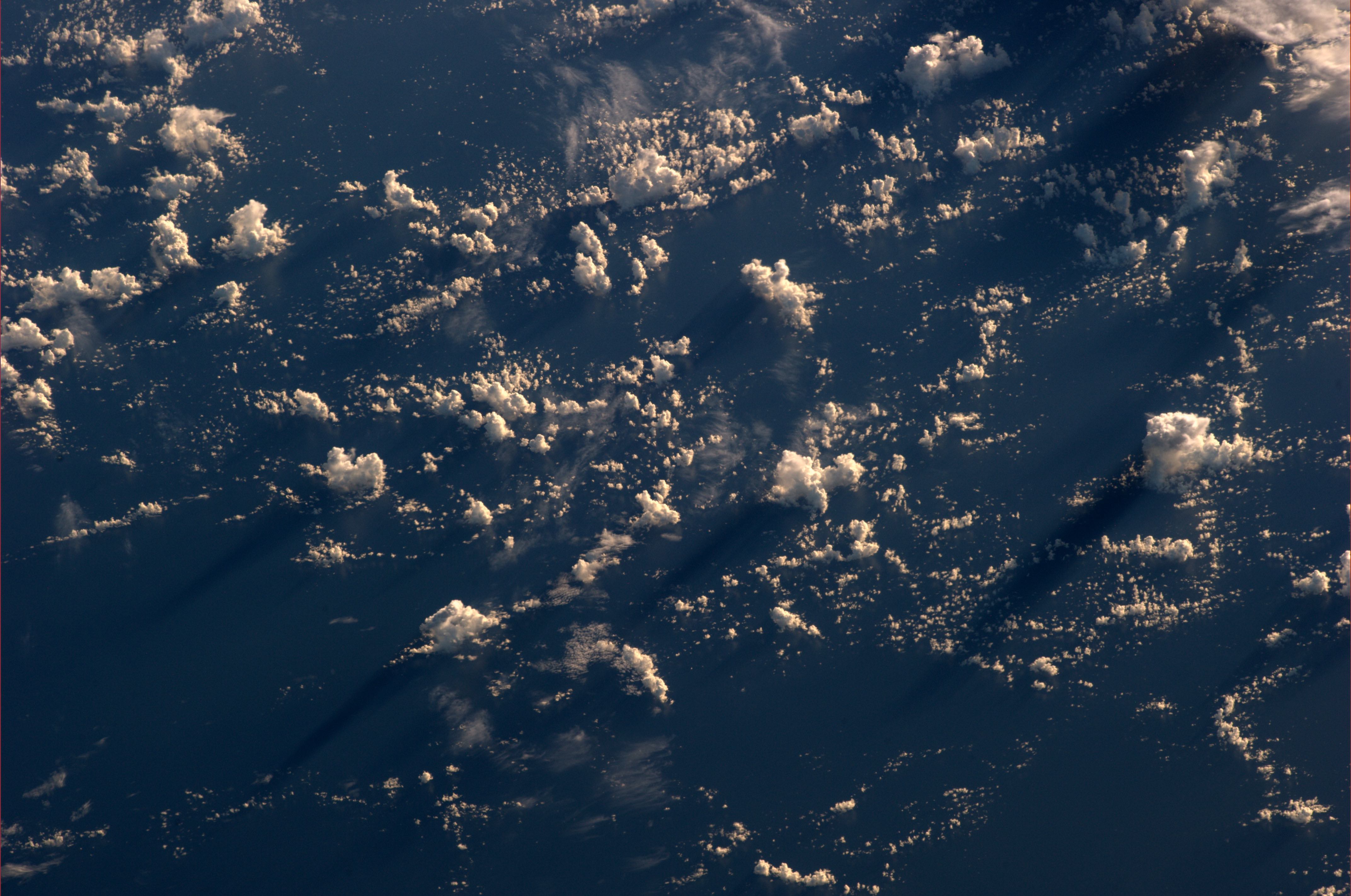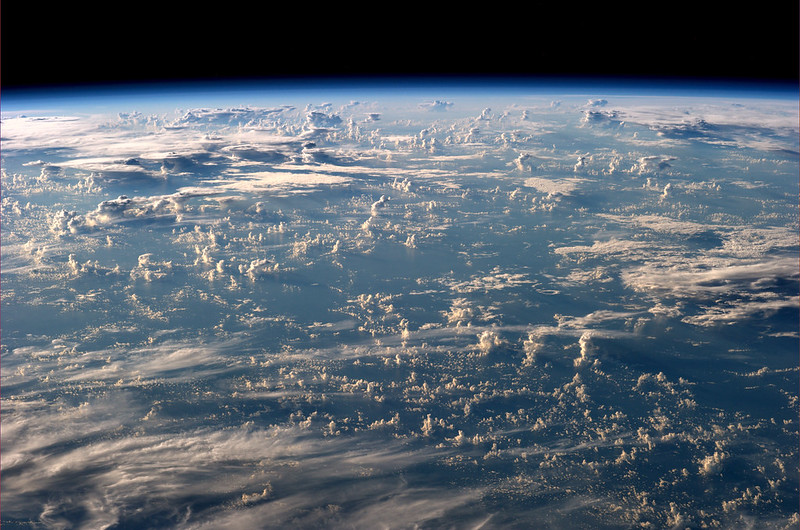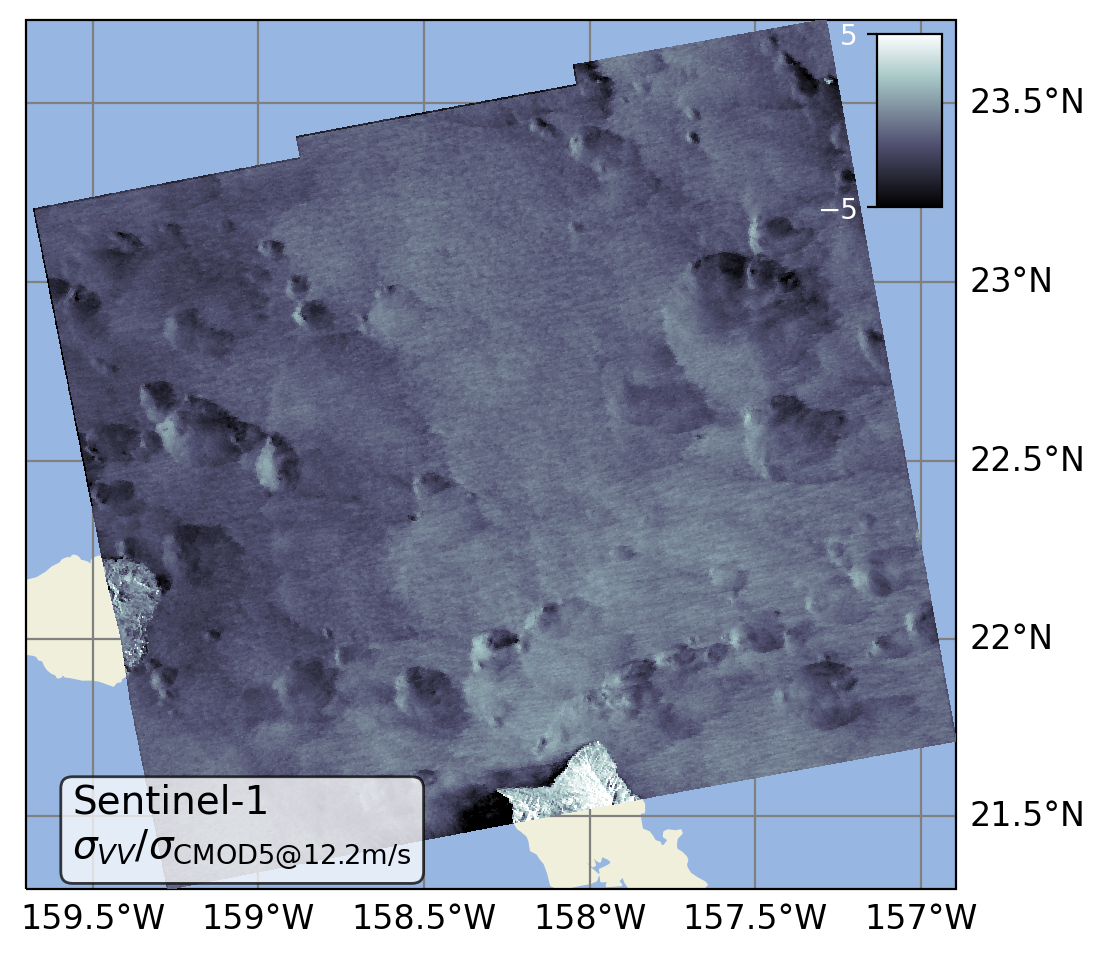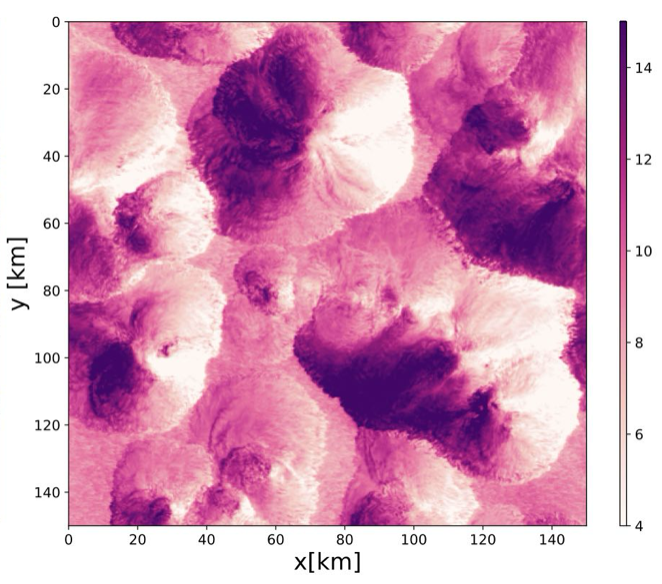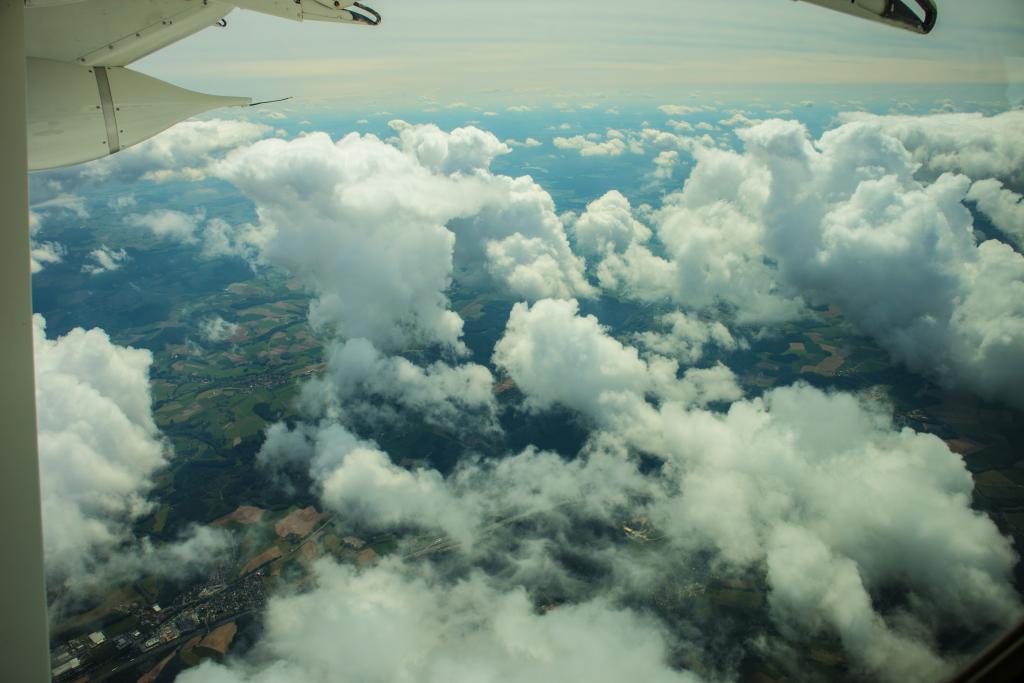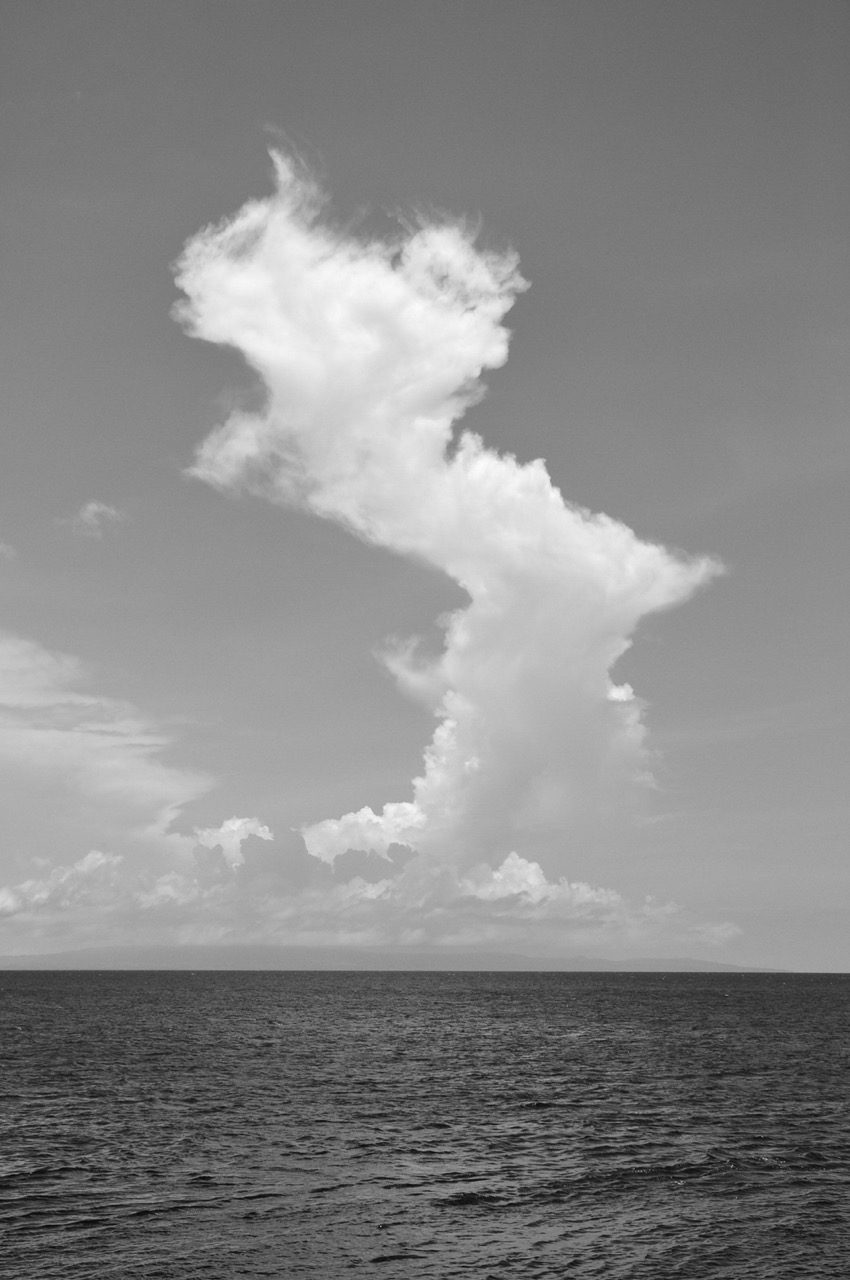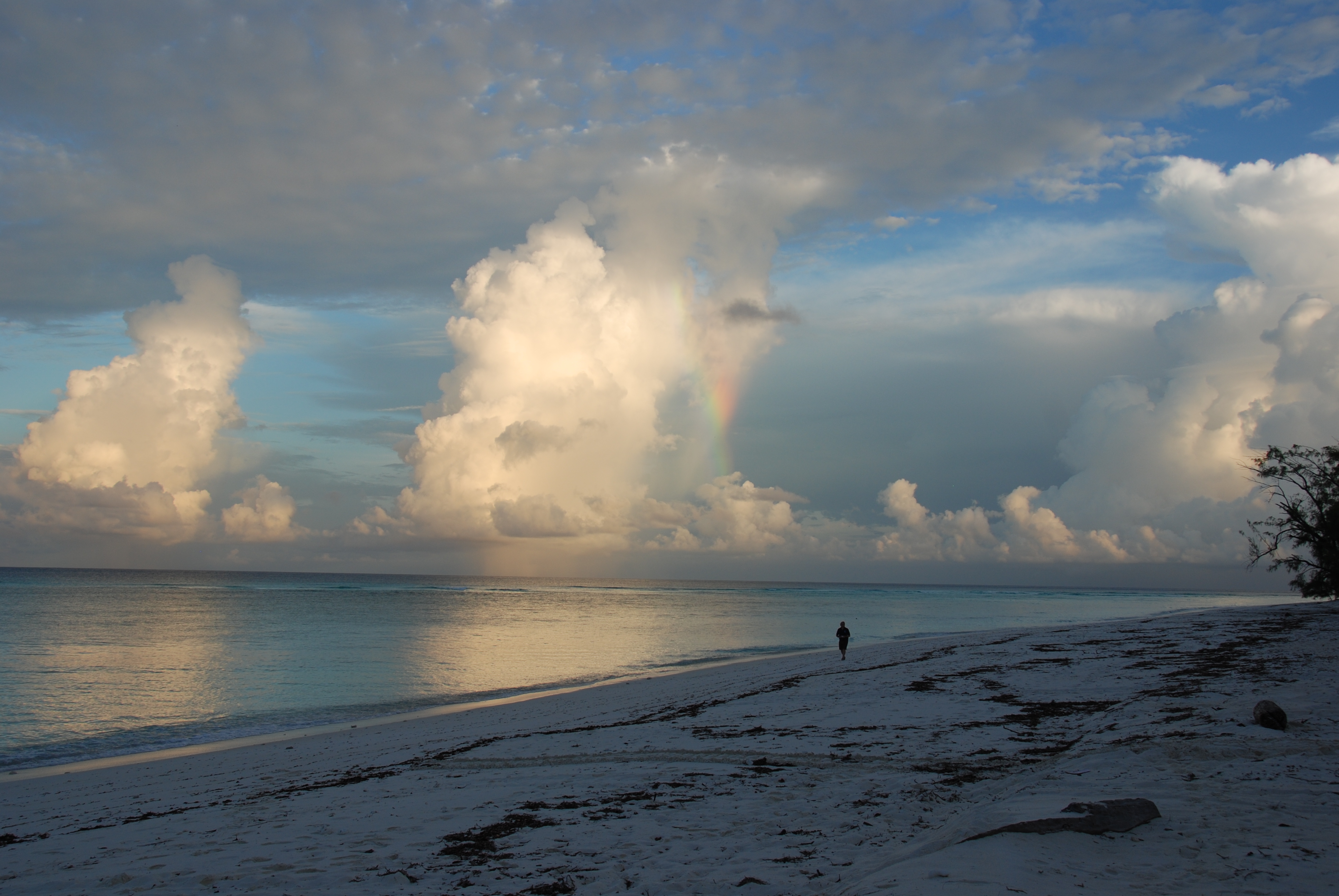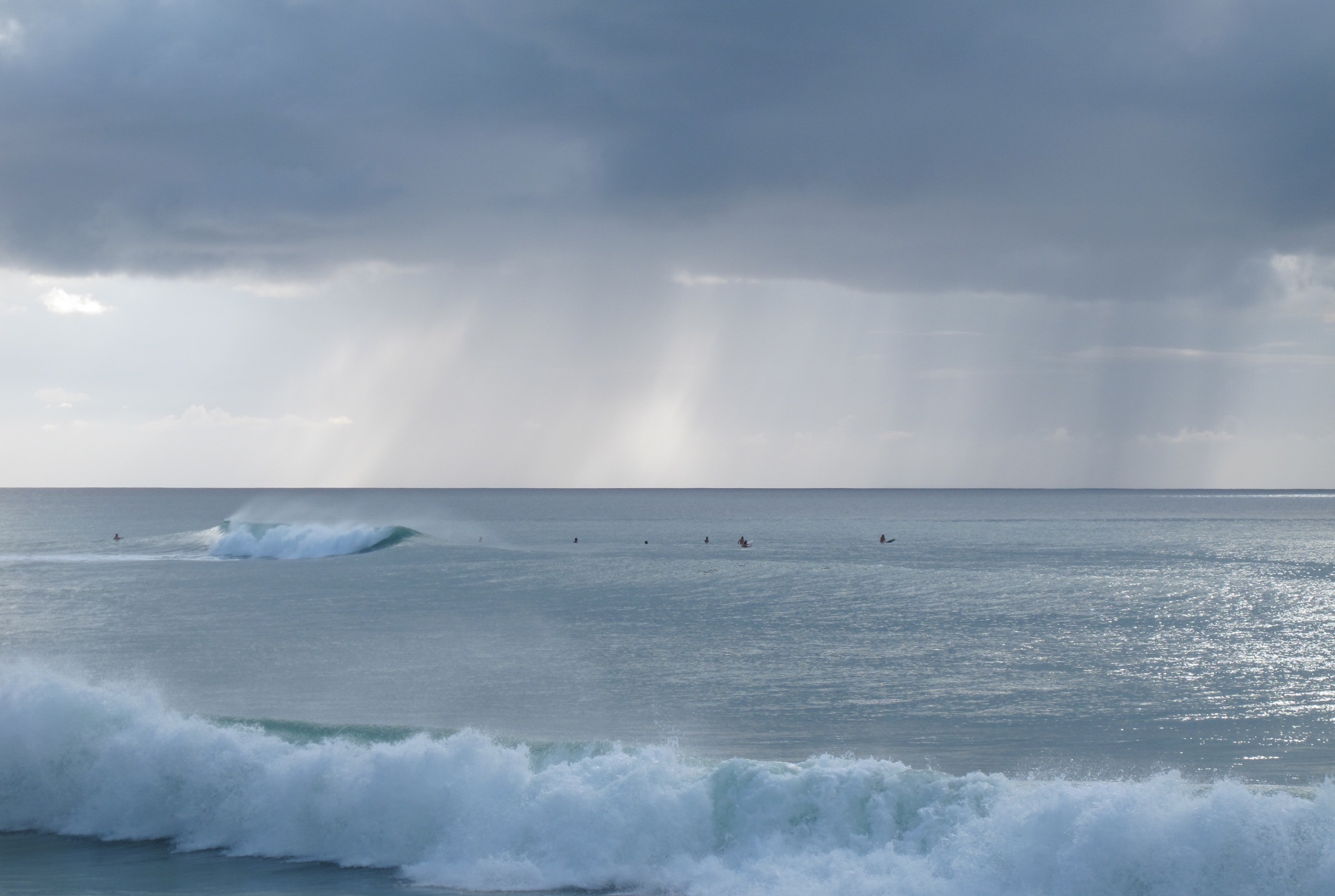ENW M2 (NWO): Clouds as momentum pumps for the ocean
Marine convective clouds, especially when they rain, can lead to large wind variability, even at the ocean surface. We investigate the influence of such wind heterogeneity on the exchange of momentum between the atmosphere and ocean, the wind stress, using ultra-high resolution satellite observations of ocean surface roughness (SAR), combined with simulations (LES) and local lidar measurements.
VIDI (NWO): Tracing convective momentum transport in complex cloudy atmospheres
The transport of momentum through convective circulations is broadly called convective momentum transport (CMT). CMT is parameterized in weather and climate models and its uncertainty hampers accurate prediction of wind. We use novel wind lidar and cloud radar observations and large-domain large-eddy simulations to derive momentum fluxes driven by convection, and use these to validate models.
